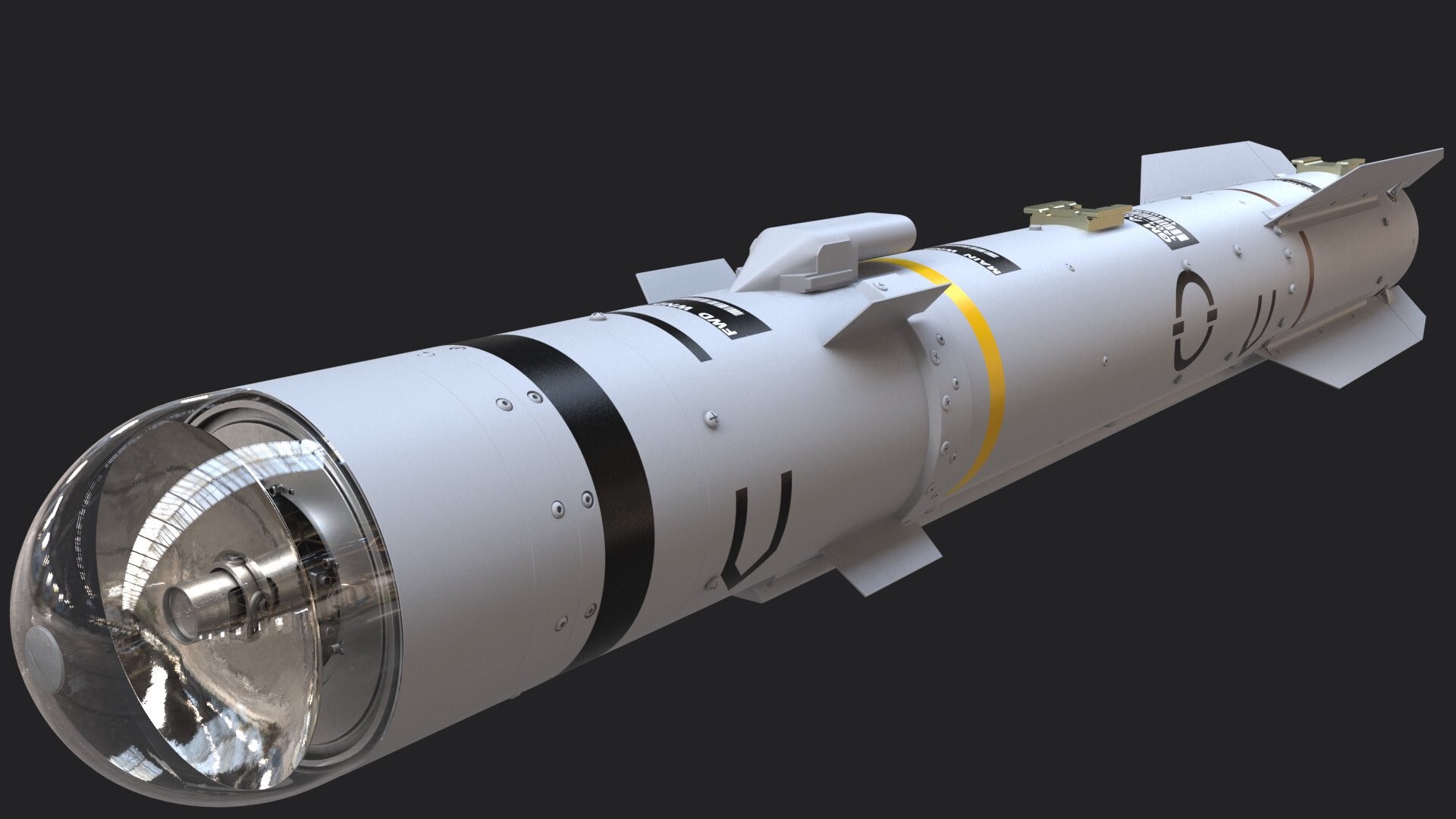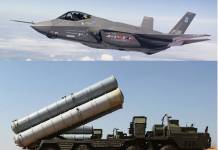The UK Ministry of Defence has officially confirmed that it supplied precision-guided Brimstone 2 missiles to Ukraine.
Earlier this week, EurAsian Times reported that Brimstone laser-guided missiles, which have double the range of the previous model, were sent to Ukraine. The United Kingdom delivered the first Brimstone 1 missiles about six months ago.
“As part of its aid package, the UK has provided Brimstone 2 missiles, a precision-guided missile, to the Ukrainian Armed Forces,” the defense ministry tweeted.
? As part of its aid package, the UK has provided Brimstone 2 missiles, a precision-guided missile, to the Ukrainian Armed Forces.
This aid has played a crucial role in stalling Russian advancements.
?? #StandWithUkraine ?? pic.twitter.com/SpVnWqeiVm
— Ministry of Defence ?? (@DefenceHQ) November 27, 2022
The text was accompanied by a video showing the transportation of the missiles. The ministry did not specify how many projectiles were delivered.
Earlier this month, the defense ministry said it would shortly provide Ukraine with some 1,000 additional surface-to-air missiles, adding that the delivery will include missiles and launchers capable of destroying air targets, such as drones and cruise missiles.
Russia has repeatedly stressed that military aid to Ukraine has made NATO allies and partners part of its conflict with Ukraine. The Kremlin says that the flow of weapons to the country will only delay a negotiated solution.
Brimstone-2 Missiles
The laser-guided Brimstone 2 missile, with a range of 7.5 miles, will be a mighty addition to Kyiv’s arsenal. Even though Brimstone is often fired from the air, Ukrainian soldiers frequently use modified trucks as mobile launchers to hit Russian positions
Brimstone 2 missiles, which cost approximately £175,000 each, can kill targets by tracking a laser fired by infantry, aircraft, or vehicles. The missile can select targets from a pre-programmed list using a high-frequency millimetric wave radar, lessening the probability of civilian losses.
On November 15, a video purportedly documenting the launch of several Brimstone 2 missiles appeared online.
Even though the video is of low resolution, experts pointed out a particular glint on the seeker head or dome that may suggest they are a newer model of the missile with a transparent seeker dome as opposed to those observed earlier in Ukraine with a translucent seeker dome.
Some newly circulating footage of a Brimstone technical in action.
We first saw Brimstone in action in May. A very short clip but there may be a glint from a different seeker head to the one previously seen in #Ukraine.
More on Brimstone:https://t.co/my8XDgyC4e pic.twitter.com/RjIUHZ4sip
— Historical Firearms | Matthew Moss (@historicfirearm) November 15, 2022
The Brimstone missile family, developed by the UK, consists of fixed-wing, rotary, and surface-launched missiles.
In 2016, then-Minister for Defense Procurement Philip Dunne stated that the Brimstone missile had proved itself as a critical tool in coalition operations against ISIS.
Group Captain Rich Davies, Station Commander of RAF Marham, pointed out that Brimstone is the RAF’s preferred close air support weapon. He added that it is simple to use against static and moving targets and enables users to deal with threats in a complicated environment with maximum effect.

Brimstone-2 Missile Development
The Brimstone missile is developed by MBDA, a company that was established in 2001 as a result of the amalgamation of numerous European missile makers, including the British Matra BAe Dynamics.
The missile is essentially a derivative of the American Hellfire missile. It is six feet long and closely resembles the latter.
While the Brimstone was initially intended to be nothing more than a better Hellfire, the RAF’s requirements also demanded so many alterations that the final weapon ended up having no components shared with the Hellfire.
This effectively negated the entire idea of deriving one weapon from another. Between November and December 2015, the British military used Brimstone to strike ISIS in Iraq and Syria.
Brimstone 2 has new features than its predecessor, which boosts its overall effectiveness. For instance, the Brimstone is powered by a two-stage solid-fuel rocket motor. The fuel runs out quickly in this mechanism, leaving the missile to travel primarily by inertia to its target.
On the other hand, the Brimstone 2 was the first to use a more robust and longer-burning rocket motor, which resulted in a 200% increase in range.
The Brimstone 2 uses sophisticated dual-mode and laser technology to more effectively track low reflectivity objects, such as camouflaged vehicles, in congested surroundings.
Its upgraded Vulcan rocket motor, which doubles the range of the baseline variant, broadens the missile’s operational range. The motor is resistant to explosions, bullet penetration, and other environmental stressors.
The missile was chosen as the basis for the UK’s Selected Precision Effects at Range (SPEAR) Capability 2 missile and went into serial production on July 16, 2014. In February 2016, Brimstone 2 finished its operational evaluation tests on the Tornado G4.
With Brimstone 2, which builds upon Brimstone’s combat experience, the Ukrainian military will have a cutting-edge weapon created for the modern battlefield.
- Contact the author at ashishmichel(at)gmail.com
- Follow EurAsian Times on Google Ne




